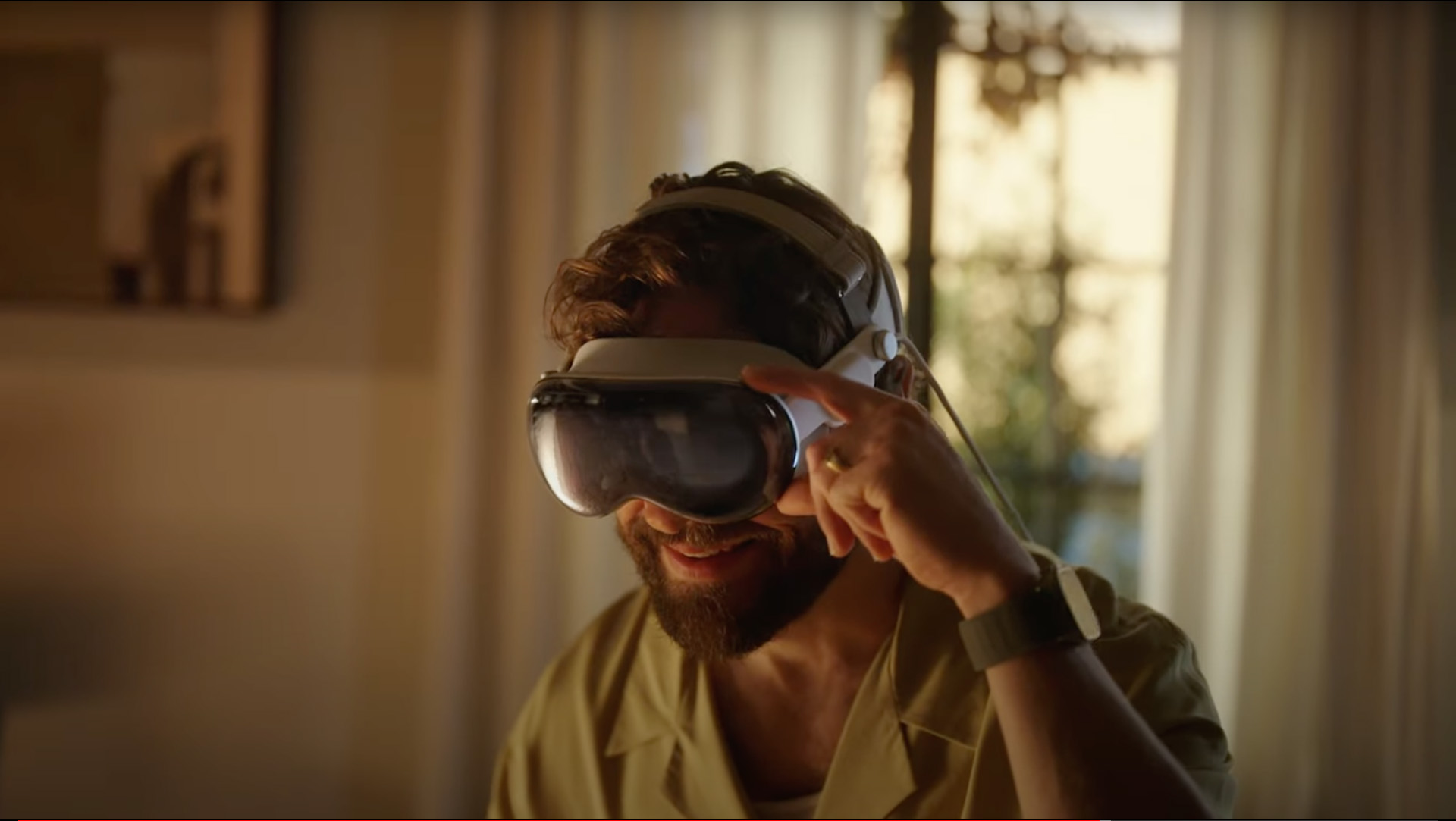
The Apple Vision Pro is probably the most ambitious product to be announced this year, combining an interesting design and staggering price tag with some exciting-sounding tech that could make it really stand out from other virtual reality headsets (not that Apple wants the Vision Pro to be considered a VR headset). It features two 4K microLED panels that at the moment are only sourced from Sony, with the manufacturer capping annual display production at just a million units dedicated to the headset.
This puts a spanner in the works, as not only will Apple be unable to produce as many units as possibly needed, but it also means the company has no negotiating power with component prices, as only Sony is making them. However, it seems like two Chinese suppliers are currently being evaluated to produce the microLED technology, which could enable mass production and hopefully, a cheaper model.
According to The Information, two people “with direct knowledge of the matter” claim that Apple is “testing advanced displays” by two companies for possible inclusion in future models.
A source cited in the article also hints at the possibility of a non-pro, more financially accessible, version of the Vision headset, stating that Apple is evaluating BOE’s and SeeYa’s - the two companies mentioned above - displays for future models of both the Vision Pro and a cheaper headset internally code-named N109, which The Information previously reported was in an early stage of development.
The cheaper the better
Apple already uses BOE for iPad and iPhone displays, so there is a good chance that they would collaborate again for Vison Pro panels. When the augmented reality headset was announced in June of this year, the steep price tag of $3,500 caused concern about who could actually afford to buy one.
In a time when people are concerned with the cost of living, who is this device actually for? During WWDC 2023 many people felt there was no clear audience for the Vision Pro, and at $3,500 not many people would be willing to shell out just to give the experimental technology a try.
Hopefully, as Apple searches for cheaper display manufacturers and considers a more ‘basic’ Vision headset, it will give more people a chance to try out the impressive tech. Obviously, a cheaper alternative will have watered-down features, but I would rather spend half the price on a headset I can afford, that may be missing a few features than to be completely priced out of such exciting tech.







